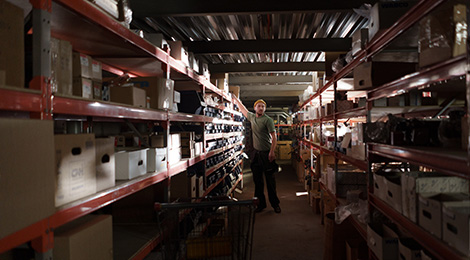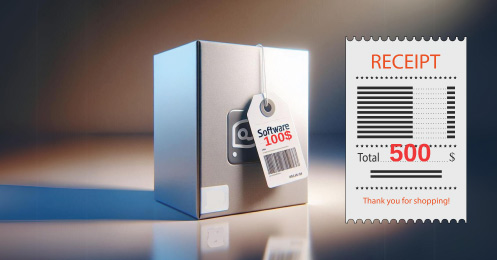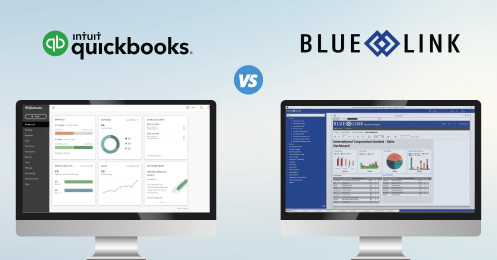In our previous blog, we discussed what excess inventory is and how it can be costly. In trying to prevent or manage excess inventory, your company might start ordering less at a time. In the process, you may realize that you've created the opposite problem instead. Your company may find that you don’t have enough inventory on hand to be able to successfully meet the demand for its products. Low inventory levels may be appealing to some since they’re easier to manage and come with lower carrying costs. However, understocking inventory comes with its own disadvantages within inventory management.
Disadvantages of Understocking Inventory
Lost Revenue
When your company is unable to meet the demands of customers you risk missing out on potential revenue. In the instance that products become backordered, or your company fails entirely to meet a customer’s order due to inadequate inventory, you end up losing out on a sale. If products your company sells are often backordered or out of stock, your customers will flock to your competitors instead.
Unsatisfied Customers
When customers are unable to find what they need or get it on time, they will become disgruntled which can affect how they perceive you as a company. You also risk losing the loyalty of repeat customers who value your brand if you’re unable to keep them happy by failing to fill orders.
Increases Difficulty of Sales/Demand Projections
When you’re consistently understocking inventory it becomes difficult to make accurate sales forecasts or predict future demand. Your past numbers become unreliable because you are unable to build a reliable history. Say for instance you always stocked the correct amount of inventory for a product for the Fall season. You could go back into previous years and make an accurate prediction about how much you would need this coming Fall. If in previous years you had always understocked inventory during the Fall, then it would become increasingly difficult to make predictions for the future.
Increased Costs
Although holding more inventory comes with increased holding costs, purchasing less inventory can lead to increased costs as well. For instance, the cost per unit of buying items in bulk is almost always cheaper as many companies offer bulk discounts. Typically, the more you buy at once, the less it will cost per unit. Shipping costs also become higher when you ship inventory at a frequent rate as you’re not able to take advantage of shipping truckloads or shipping more in fewer shipments. When you combine these costs with the lost revenue from failing to meet demand, it’s clear that understocking is unprofitable.
How to Maintain Optimal Inventory Levels
Instead of understocking to avoid the costs of excess inventory, or overstocking for fear of missing orders, your company needs to work towards finding the optimal balance of inventory. We have highlighted many of the different ways in which ERP software can help you achieve optimal inventory levels.
Set Reorder Targets
The best way to make sure you’re ordering the ideal amount of inventory is by setting reorder targets. This can be manually or dynamically set by considering past sales trends or future sales projections for any given product. The software will consider how much inventory you already have on hand and tells you what you need to order, the exact amount you need to order and who you must order it from. The system will even show you different targets based on season to account for seasonal changes in demand.
Set Reorder Levels (Minimums)
This is the minimum amount of inventory that must be on hand for a product before the system alerts you to make another purchase order. If the amount falls below this threshold, the software will notify you that you’re understocking a particular product and must act immediately. Having order minimums in place will prevent you from understocking since you’ll always be aware when it’s time to replenish.










